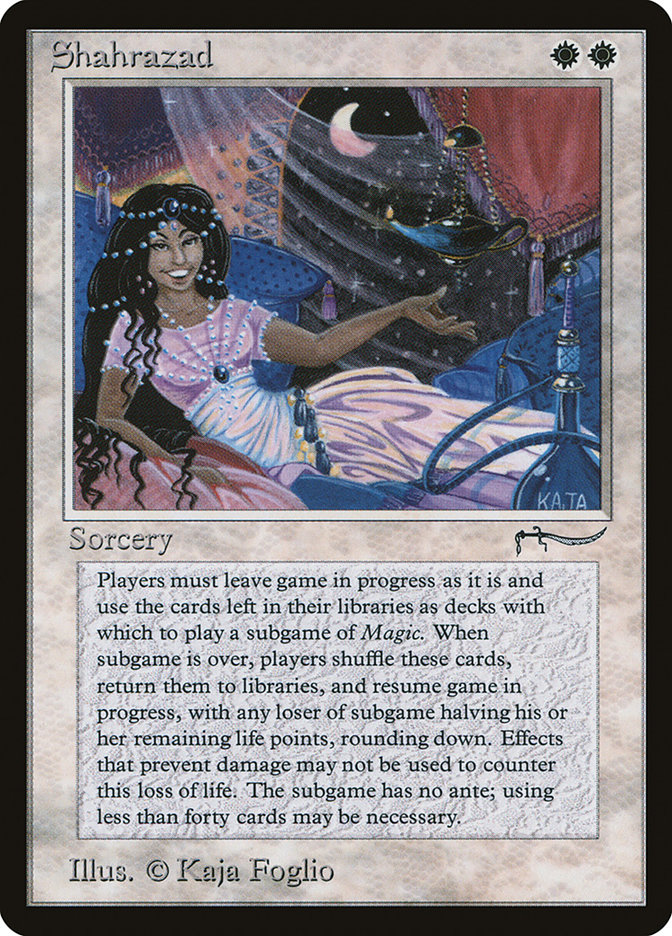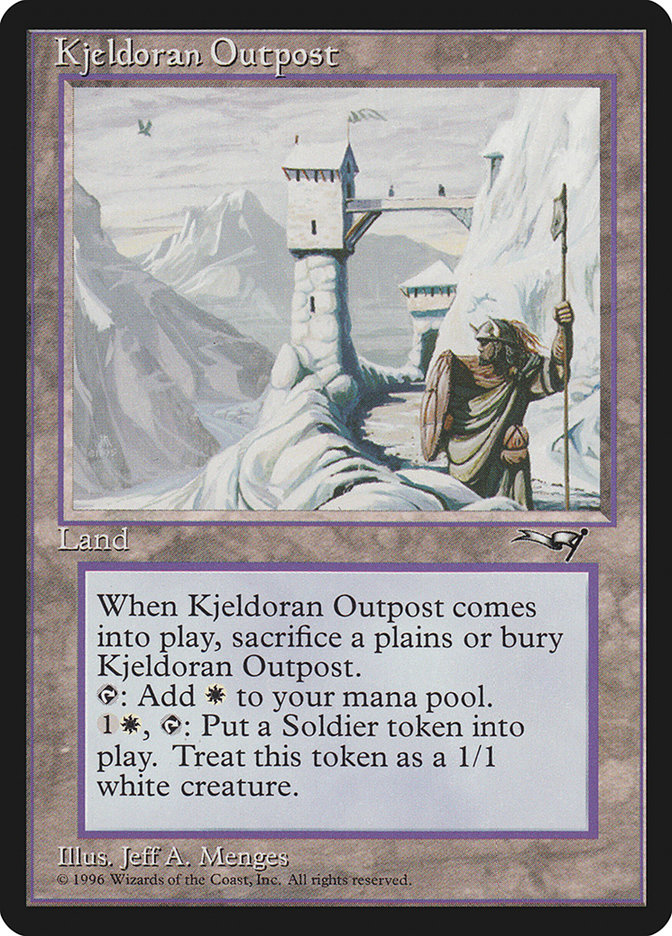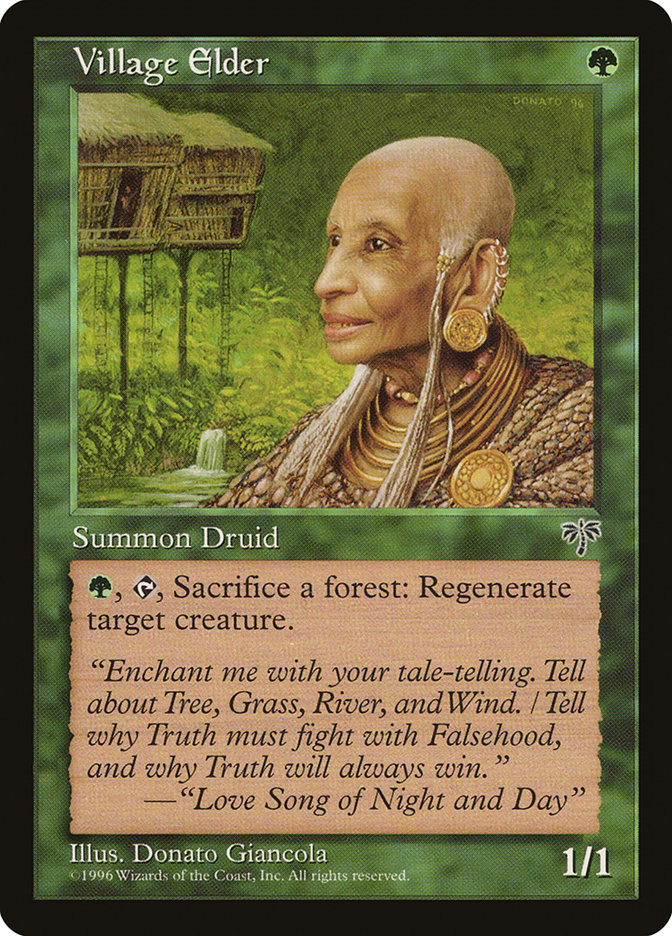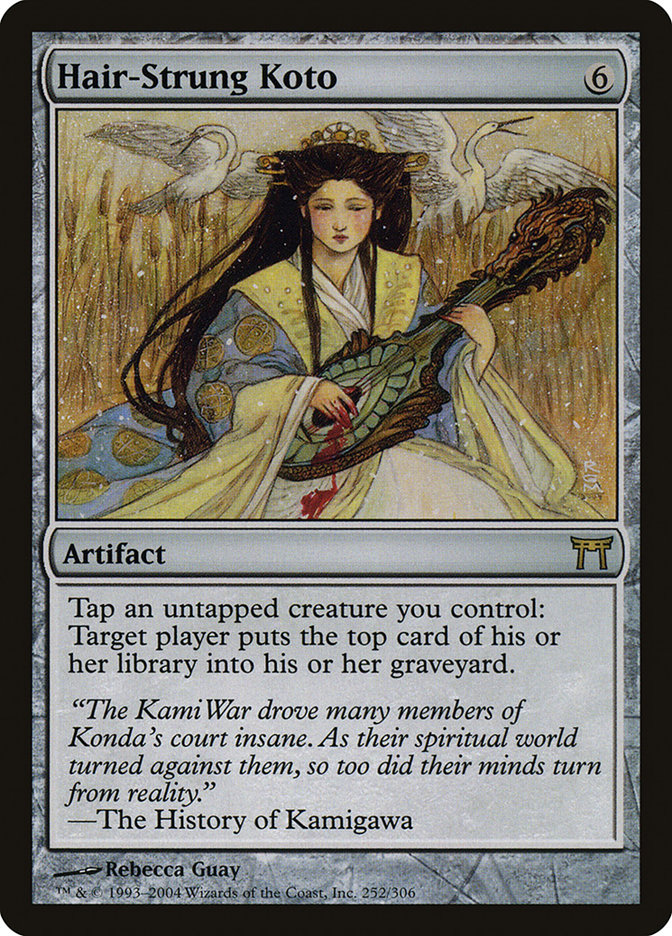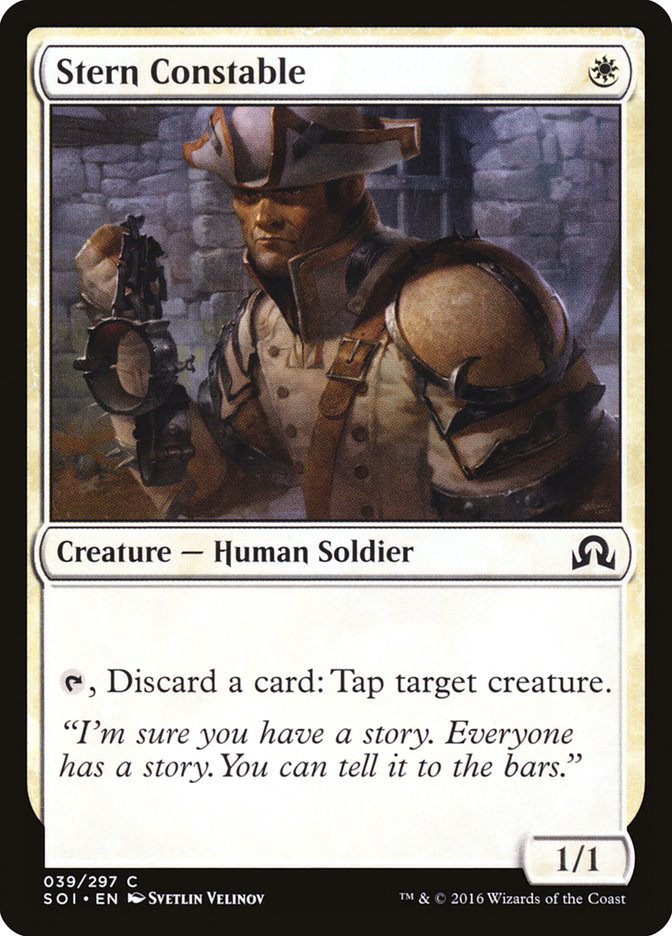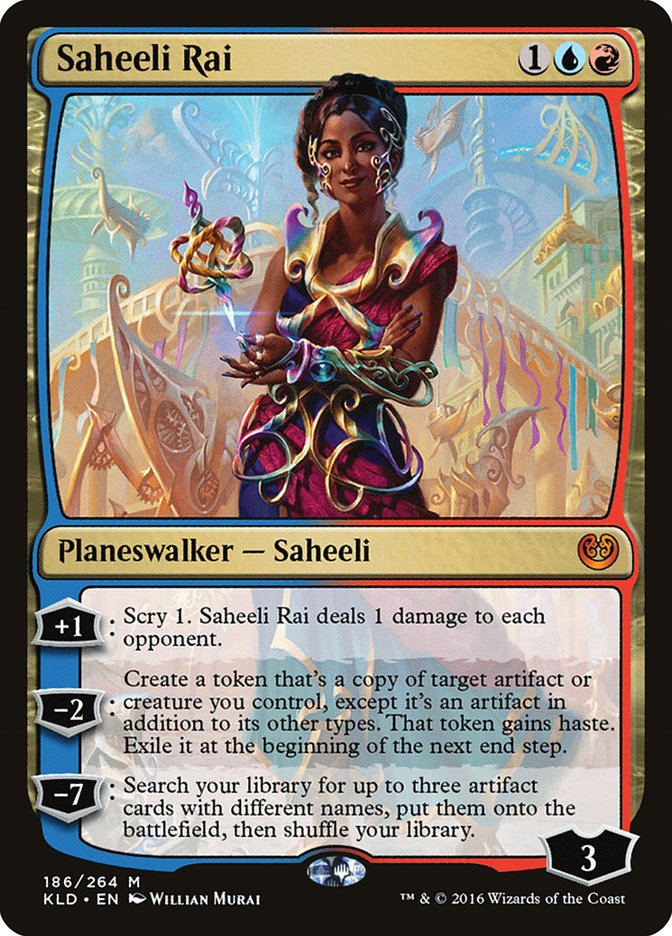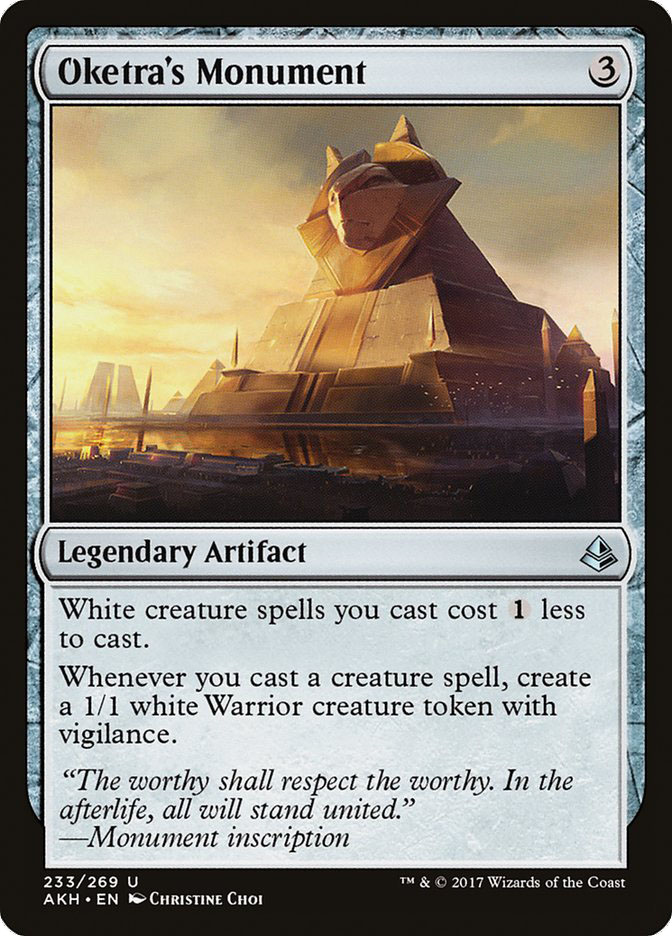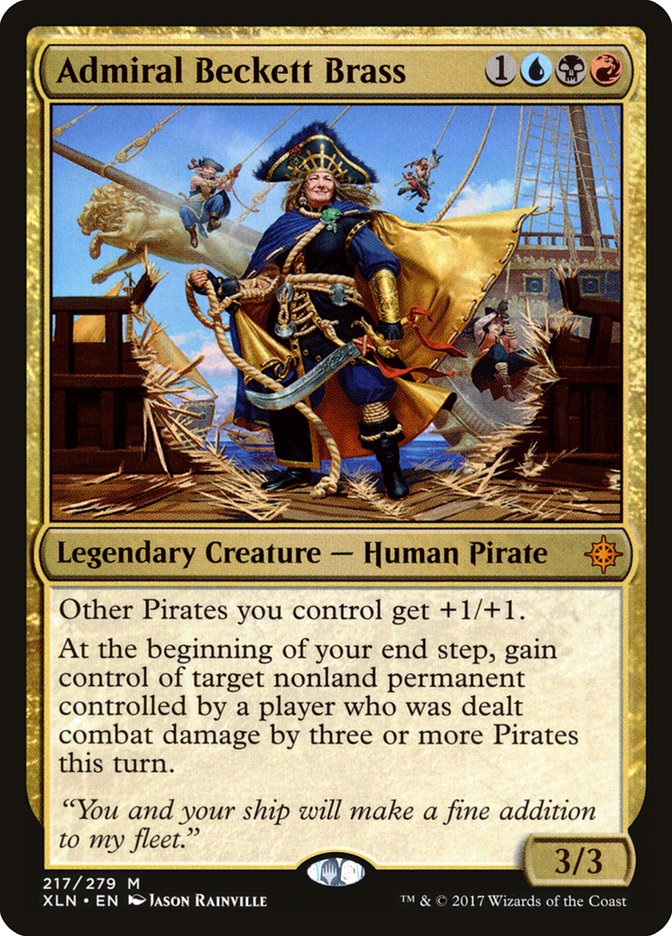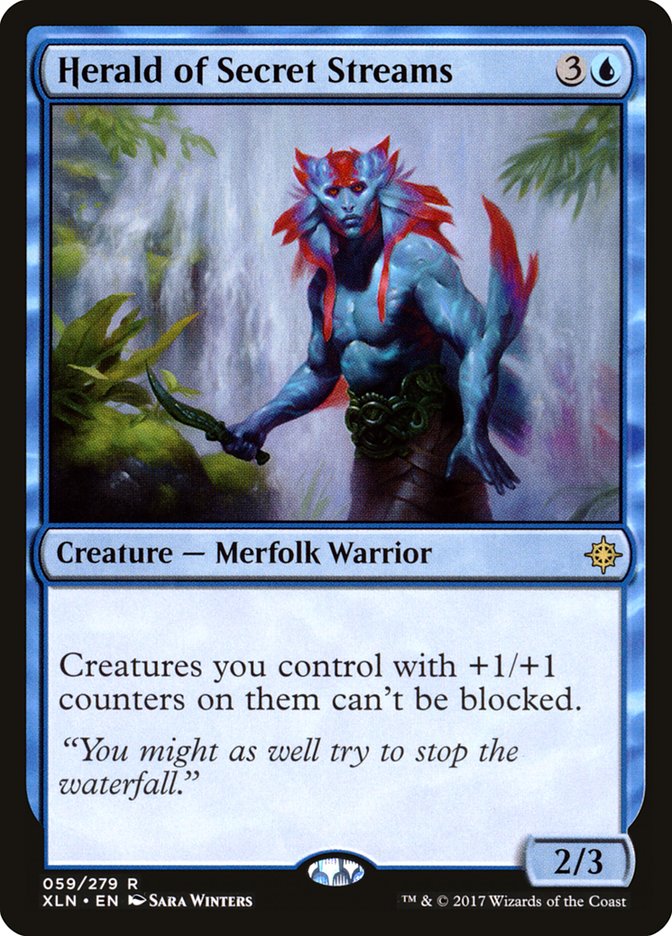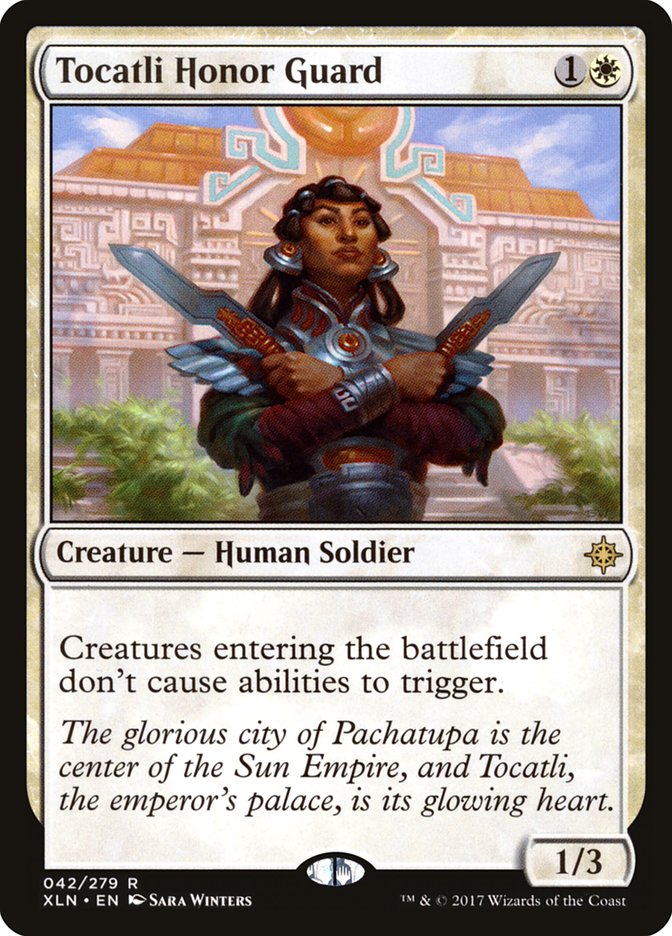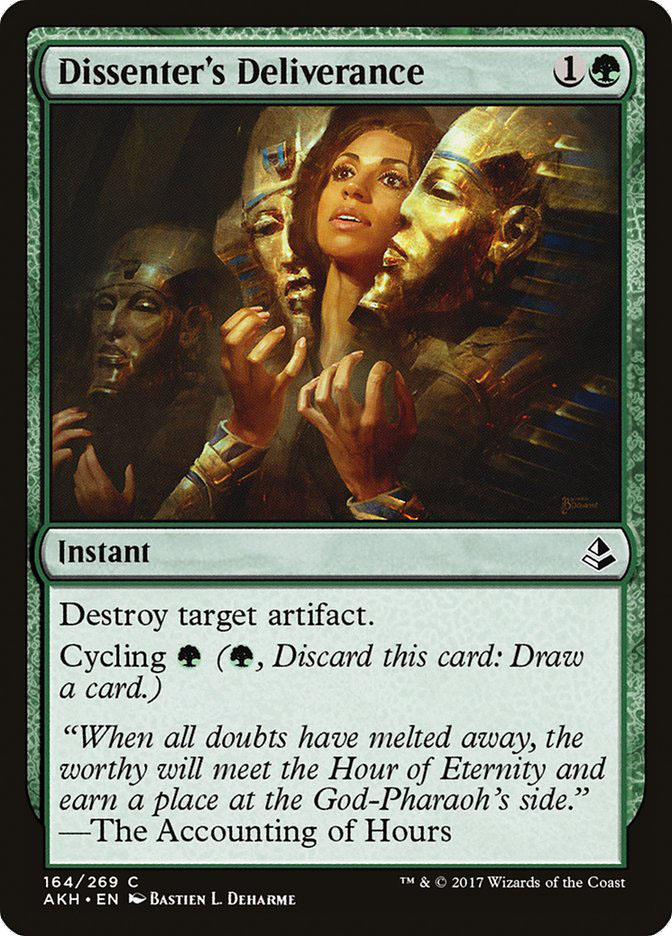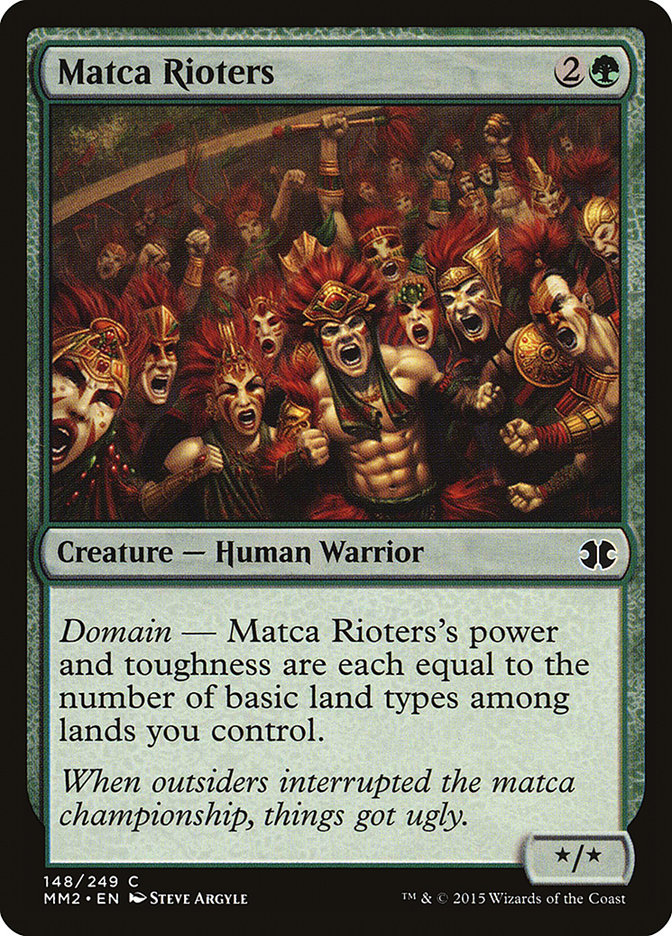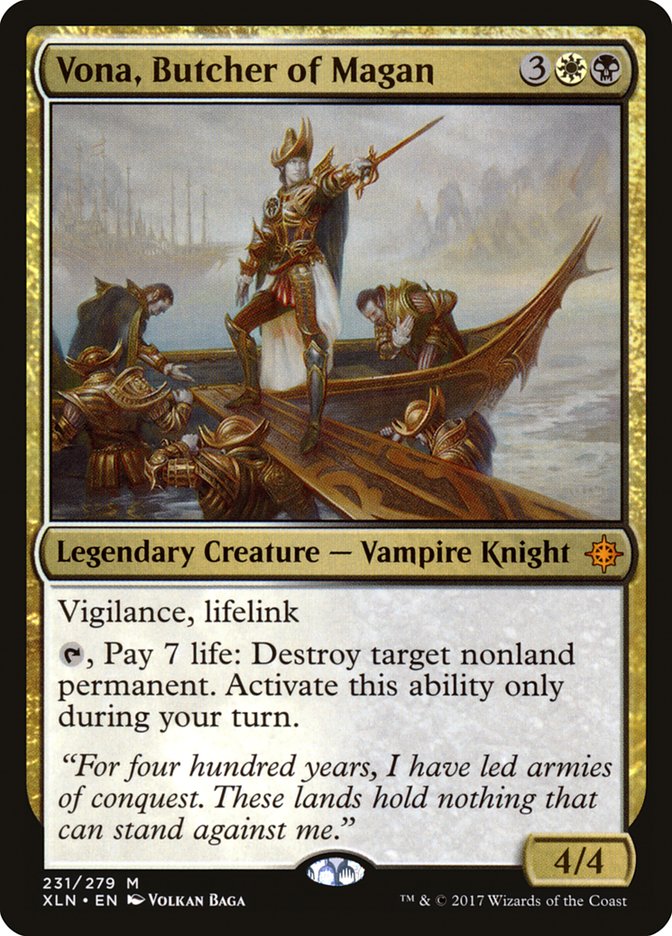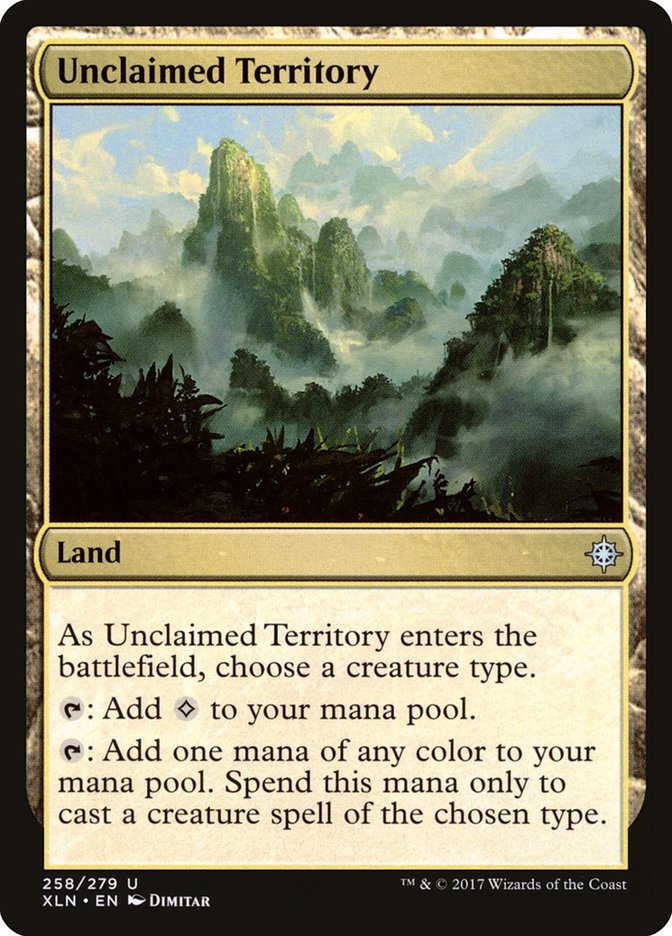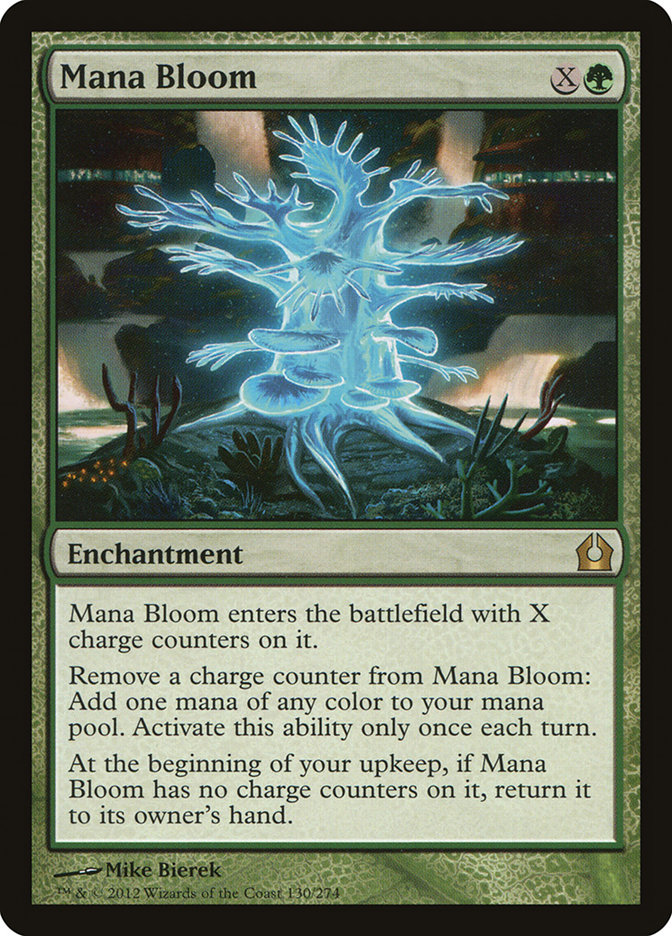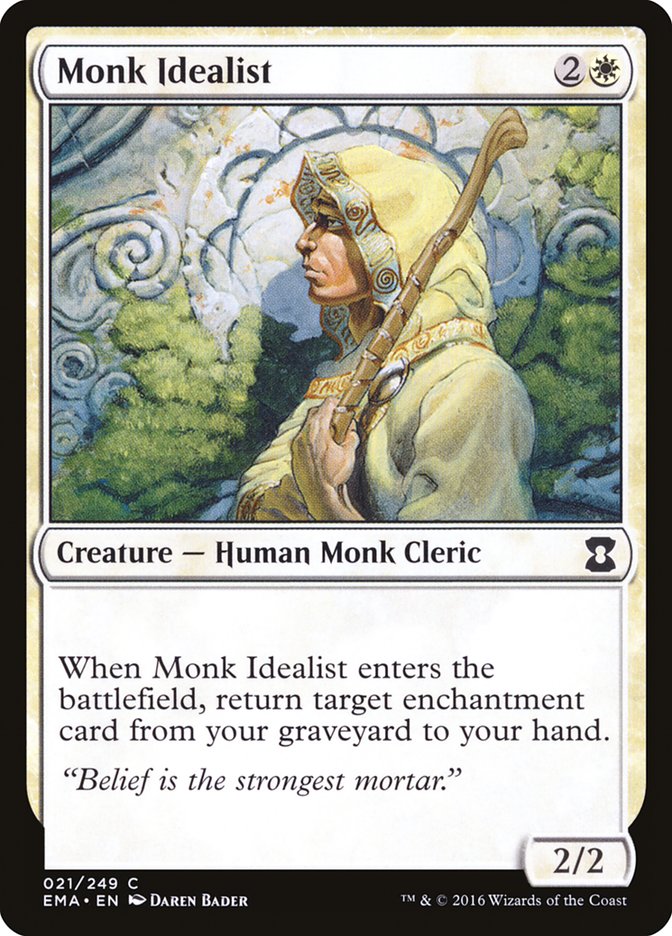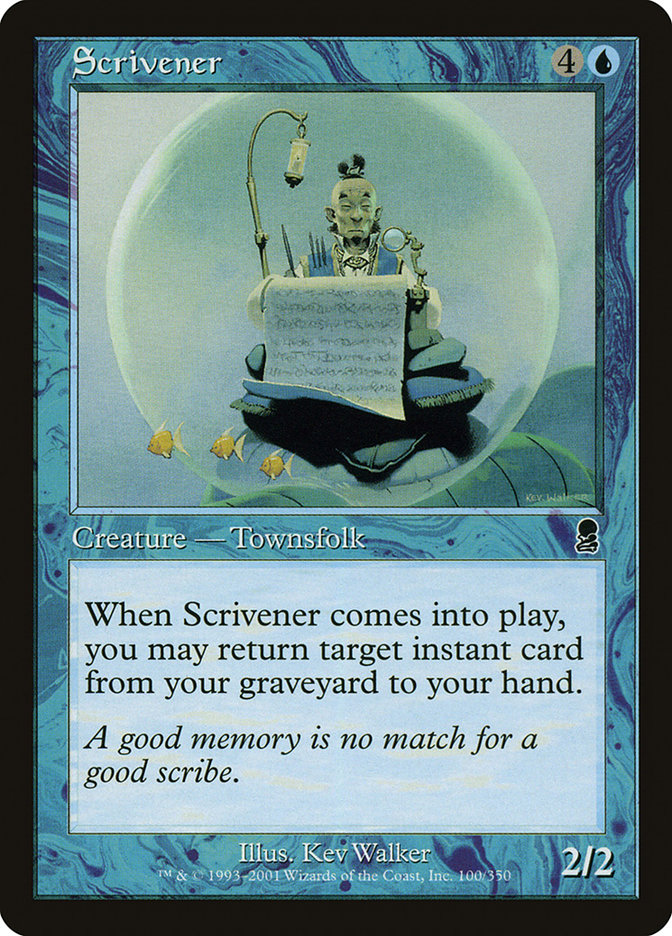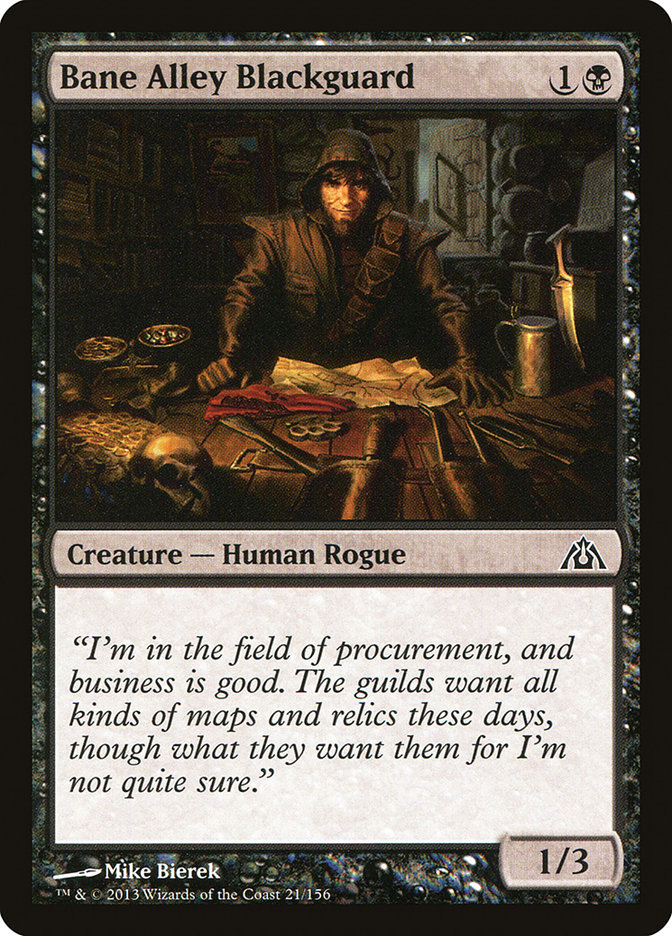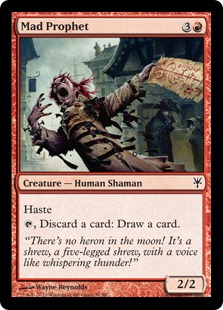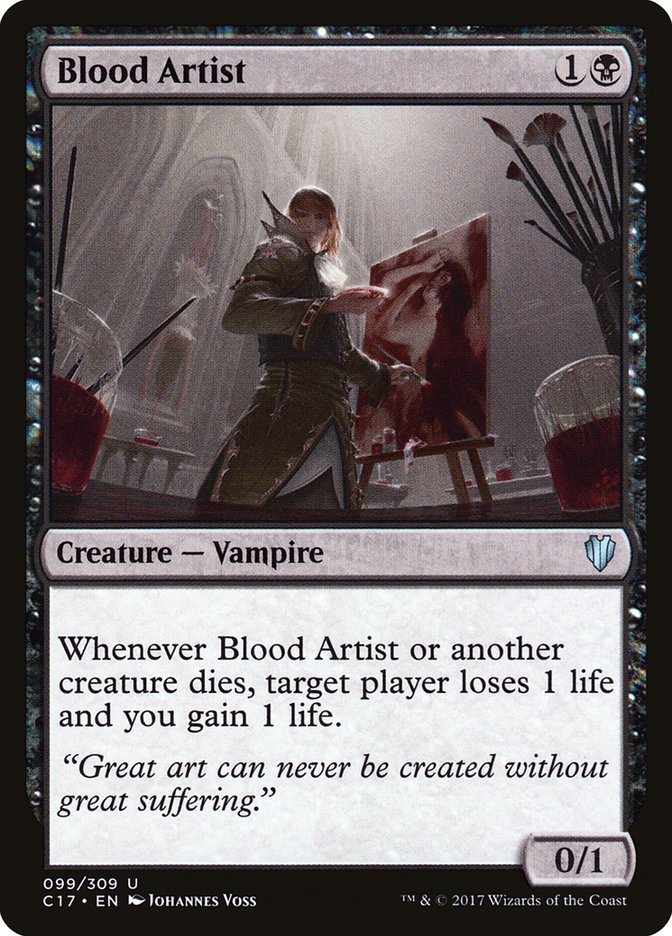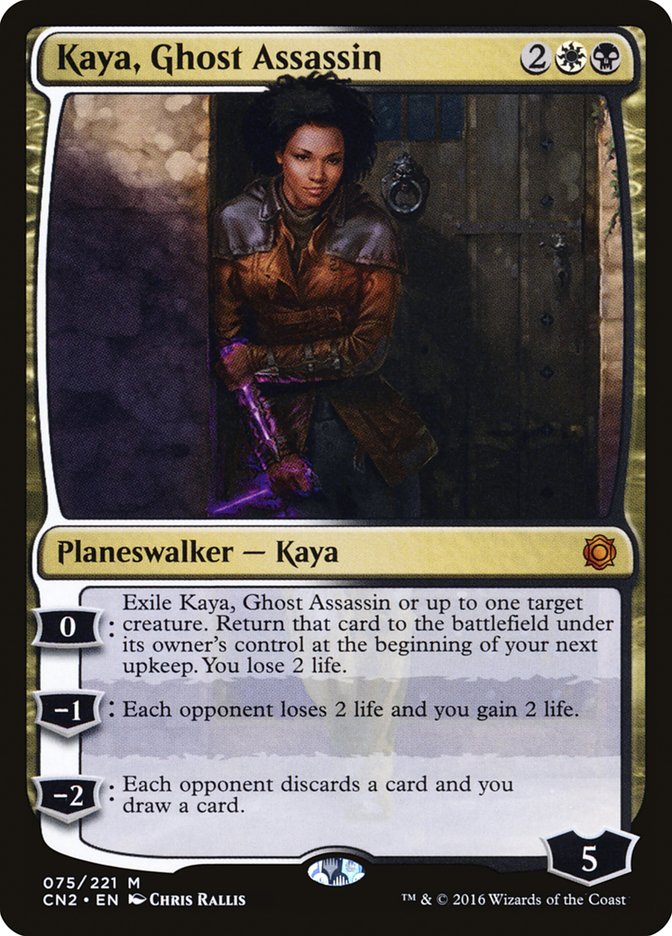Magic: The Gathering has traveled the globe in search of new settings. Its first expansion, Arabian Nights, took inspiration from One Thousand and One Nights, a story collection ostensibly told by Scheherazade (also spelled “Shahrazad” among other ways) to her husband, a fictional Persian ruler. Ice Age block has a distinctly Scandinavian feel to it. Mirage block was inspired by East Africa.
And while Magic went toward a more “generic commercial fantasy” feel for several years beginning with the Weatherlight Saga, the years since have brought a succession of planes based on far-flung areas and cultures: Japan for Kamigawa, Central Europe for Ravnica and Innistrad, ancient Greece for Theros.
The most recent Magic planes have continued this trend: a broad swath of Asia for Tarkir, India for Kaladesh, ancient Egypt for Amonkhet.
But there’s never been a set quite like Ixalan.
Aside from “generic commercial fantasy” and “X World” planes where “X” is some non-location adjective, such as the “Metal World” of Mirrodin and the “Adventure World” of Zendikar, Magic’s settings have drawn inspiration almost exclusively from Eurasia. (It’s also worth noting that “X Worlds” can take inspiration from real-world locales, such as the Indian flavor of “Steampunk World” Kaladesh and the specifically Prussian inspiration behind “Horror World” Innistrad.)
The exceptions may be counted on one hand. As mentioned above, two settings have African inspirations: the continent of Jamuraa on Dominaria, setting of Mirage block, is inspired by East Africa, and Amonkhet by ancient Egypt. The “Jungle World” of Naya, one of the five Shards of Alara, has a tropical Mesoamerican feel.
But Ixalan marks the first time an entire block will take place in a setting clearly inspired by a locale in the Americas. While Naya was its own plane for a time, it was not the sole setting for any of the Alara installments, much less the whole block; by the same token, “Ixalan” as we see it in this most recent set is one continent on a larger plane of the same name, which itself has “European” factions in the Pirates (exiles from the continent of Torrezon) and the Vampires (the conquistadors recently arrived from the same).
Intriguingly enough, one of the largest nations on Earth has never been the subject of a Magic setting: Wizards of the Coast’s home soil, the United States of America.
If the USA, in all its variety and complex history, were to be mined like a resource by a non-American company in search of creative gold, what might the outcome be? In the spirit of last year’s “Worldbuilding, Or, Moby-Dick Is Magic,” here’s one possible outcome. Americans may not find it particularly flattering, but the company’s creative team checked with the Canadian office and they said it was fine.
The Setting
All action takes place in a heretofore uninhabited area. Its diverse environment was occupied only by research scientists until it was opened to claimants by the administering government. It was uninhabited even before it was chosen as the site for the magical equivalent of a nuclear weapons test that went wrong two centuries prior to the time represented by the set. Only now has the contamination level gone down enough to allow permanent residency. (Officially, that is. The truth might be different.) The area is inhospitable, to put it mildly, but for those desperate or greedy enough, going there is worth the gamble.
“In the real world” aside: things obviously didn’t go this way in U.S. history. Gar Atkins’s “Ixalan Through Indigenous Eyes” is required reading, and his tribe, the Eastern Band of Cherokee Indians, descends from the minority of Cherokee who successfully resisted “removal” in the wake of the Carolina and Georgia gold rushes. (Among those who went on the thousands-of-miles-long journey to present-day Oklahoma, then Indian Territory, the estimated death toll of 4000 was higher than that of the September 11th attacks.) As for the Nuclear Age, Bikini Atoll had its entire population relocated, and decades later, those who had returned under assurances the atoll was safe to inhabit were relocated a second time.
A unique magic-influenced ecosystem. The magic weapons test devastated the local ecosystem, but in the centuries since, the surviving species have evolved into endemic populations adapted to the unique environment. The scientists studying the ecosystem stayed largely near their stations on the outskirts of the region, rarely getting close to the site of the magical weapons test, but their observations have yielded priceless data, particularly on the local mutant opossum population.
The leading scientific associations protested against the government decision to open the area to claimants, but the group reliant on institutional funding was no match for the interests who could bribe…excuse me, lobby for that outcome.
Minimal rule of law. The administering government is taking a blatantly hands-off approach to the settlement, which is just how the interests with the funds to hire mercenaries…excuse me, private security contractors like it. Everybody signed a contract before going over, to the effect that they would respect the laws of the administering government, but who will hold them to their promises?
Five Factions
White-aligned, red-secondary: a religious group seeking a place to practice their faith. The quest for religious freedom is a key motif in U.S. history. From Maryland being founded as a haven for Roman Catholics to Rhode Island’s origins as a refuge for religious freethinkers and the wanderings of the Latter-day Saints before they settled at the Great Salt Lake in what is now Utah, the nation simply would not be the same without the drive to pray in peace.
These faith-oriented pioneers have to band together to survive; there’s precious little room for individualism when it takes all their collective effort to survive. They’re distinctly white-aligned, and yet it is the quest for freedom in faith that inspired them to travel to this harsh land, giving them red as a secondary color.
Blue-aligned, green-secondary: the media factions documenting events. Mass media is among the USA’s most famous exports worldwide, from The New York Times to Hollywood film. The infamous yellow journalism practiced during the Hearst–Pulitzer “circulation war” in the 1890s even helped spark the all-too-real Spanish-American War.
With scrying equipment the equivalent of TV cameras, a variety of media companies have sent teams to document the settling of the area, all in the name of influence and profit. The ability to shape minds and hold them in sway couldn’t be more strongly blue if it tried. But among the movers and shakers in media, environmentalism has become a fashionable cause, lending a tinge of green.
Black-aligned, white-secondary: the resource-exploiting corporations. Corporations literally helped found the United States: the colony of Virginia was settled by the London Company, a joint-stock company, before it became a royal colony. Whether called “captains of industry” or “robber barons,” business owners such as Cornelius Vanderbilt and John D. Rockefeller reshaped the USA in the second half of the 1800s, and the global reach of companies such as Apple Inc. and ExxonMobil is undeniable.
The major resource-based corporations of the setting have one goal: get what they can out of the land. Centuries-old trees? Depending on how they’ve grown, they’re either timber or wood pulp. Valuable metals and other resources in the ground? Bring on the strip mine. Someone already claimed a good spot and said they’ll sell over their dead body? That can be arranged. Every evil corporation trope you can think of, they embrace it. But it takes a strict corporate hierarchy to manage all this selfishness, giving a secondary white aspect to the black-aligned faction.
Red-aligned, blue-secondary: the conspiracy theorists. Area 51. The Roswell UFO incident. The people who think the Moon landings actually took place in a TV studio. The ones who think the earth is flat. The truth is out there…and the conspiracy theorists just happen to be the only ones who can see it.
So what really happened at that weapons test? Descendants of those involved, individuals who have made discoveries (or “discoveries”) in declassified scientific reports, and others are ready to head to the test site. The mutated ecosystem will claim the unprepared and the just-plain-unlucky. And as for those who make it to the test site…what will they find? Their reckless streaks make the individuals in this loose group red-aligned, but their drive for evidence to support their “secret knowledge” lends them a tinge of blue.
Green-aligned, black-secondary: the environmentalists. A nation as large as the USA has many “masterpieces of nature,” and the country’s National Parks, dating back to Yellowstone (founded 1872), preserve many such treasures. From John Muir to Rachel Carson, advocacy for conservation of the environment in general and natural wonders in particular has a strong tradition in American culture.
Despite the area’s magical contamination (and, as its unique ecosystem developed, in part because of it), various environmentalist groups campaigned to set it aside as a nature preserve with only the most minimal intervention. When their protests about opening it up to settlement failed, they had their members make their own claims with the express interest of keeping as much of the area intact as possible.
While their mission is clearly green-aligned, trouble lurks. Because the claims are in individual hands and cannot be transferred to the groups, the temptation to sell out and betray the mission becomes strong; further, certain members of the environmental groups are considering less-than-ethical means to drive off the religious settlers, mining interests, and others who intend to stay in the area.
Hey, Wait a Minute…
There are plenty of objections to be made to this arrangement. First of all, it’s a blatant cherrypicking of U.S. history. On the “fun” side, it misses many resonant tropes, such as cowboys. More seriously, it avoids two great moral evils in particular, slavery and unequal treaties with indigenous groups that the national and state governments all too often didn’t bother to keep; making the area completely depopulated even before the weapons test might be an attempt to sidestep the latter issue, but the sidestep itself erases those indigenous groups and their members’ experiences.
Second, it’s a tremendously cynical take. The media faction, the greedy corporations, the conspiracy theorists…none come out looking particularly good. The environmentalists and religious settlers could be inspiring or ludicrous. There’s no real sense of American achievement or progress, either. The five factions are all part of the USA, but they certainly don’t tell the whole story.
And asking the Canadian office whether tropes about the USA are okay doesn’t amount to due diligence.
When Wizards of the Coast needs art ideas, it hires artists for concept pushes. When it needs words written, it hires writers. When it needs the equivalent of a sensitivity reader, it…talks to people in-office. That’s better than nothing, but we’ve seen how much better Wizards of the Coast can do, with Monique Jones and her work on Kaya, Ghost Assassin.
Budgeting in the costs for an experienced cultural consultant with each concept push wouldn’t magically provide protection from errors, but it certainly would prevent a great deal of potential self-inflicted damage. So far, Wizards of the Coast hasn’t taken the step (that I know of). I hope that changes soon.


